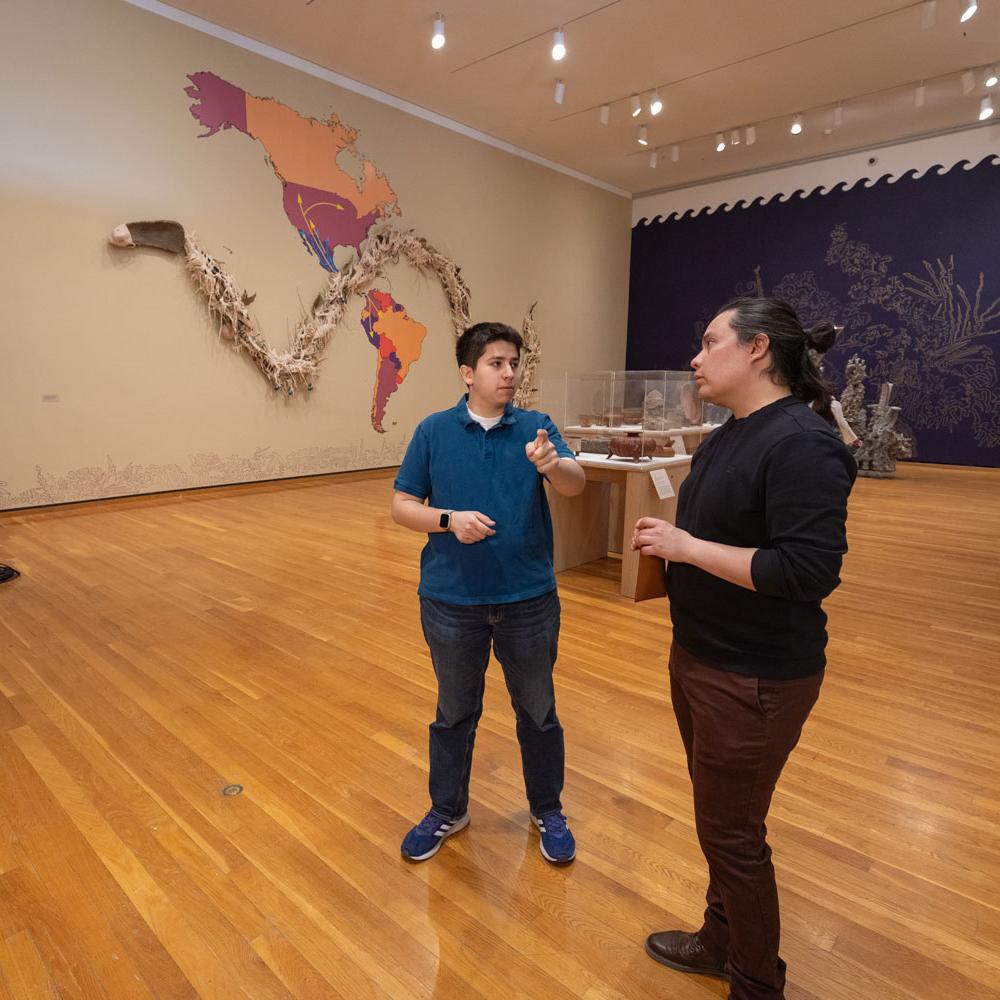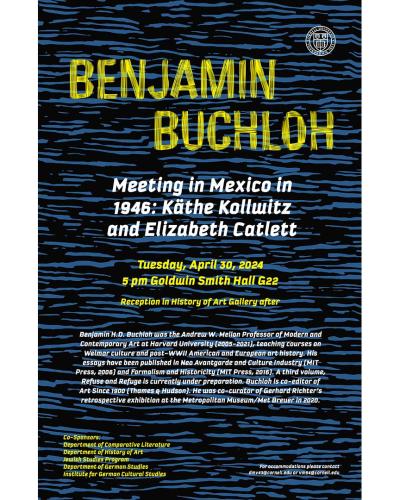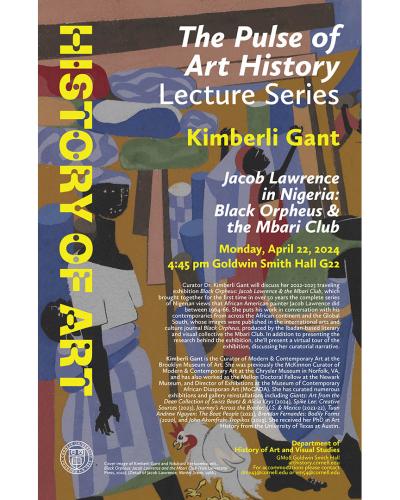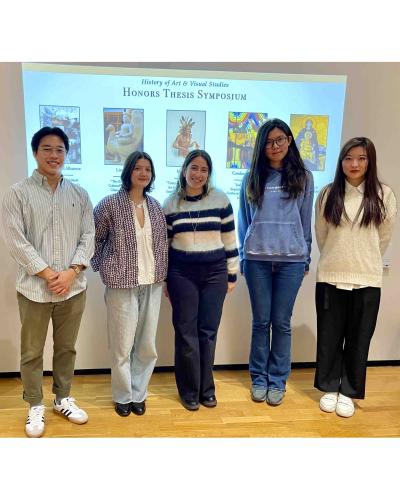The impact of technology on modernity has been a worldwide phenomenon, but Western art historians tend to ignore the “global south” – less developed countries – as María Fernández explores in her new edited work, “Latin American Modernisms and Technology.”
She writes in her introduction: “Traditionally, scholars invoked primitivism, surrealism, and revolution to characterize Latin American art, and in these histories, industrial technologies played a marginal or negligible role. This orientation reinforced the assumption that experimentation and innovation in technological art were exclusive provinces of the developed world.”
Fernández’s goal, she writes, is to correct the idea of the “global north” as “technologically sophisticated in contrast to the technologically naive and conservative south.” Technology does not belong to any one culture, she emphasizes; Latin American artists and intellectuals have been creatively involved with the full range of modern technologies – mechanical, electronic and digital. The volume examines these practices from the 19th century to the present, illustrating the many ways Latin American artists and intellectuals have engaged with techno-culture to express their visions of socio-cultural progress.
Her intention is not to “replace the canonical centers of artistic innovation with marginal ones but rather to stimulate new ways of thinking about histories of art and media art less reliant on the conceptual separation of ‘developed’ and ‘underdeveloped’ countries that perpetuates the marginalization of the global south from modernity,” said Fernández, associate professor of history of art and visual studies.
Since film and video histories have become fields of their own, Fernández chose essays for the volume primarily concerned with works in other media, including industrial design, installation, genetic technologies and literature. The book is arranged chronologically, beginning with the invention of a photographic system by Hercule Florence in 19th-century Brazil. It includes an examination of the influence technological developments had on art and society and their relation to revolution in Mexico, as well as how kinetic and optical art by South American artists living in France launched a paradigm shift of “art for the masses” in mid-20th century Paris.
The final essays address contemporary works of robotic and ecologically concerned art as well as techno-cultural developments in South America, such as new socio-cultural forms inspired by the expansion of the internet.
Fernández’s research interests include the history and theory of digital art, postcolonial and gender studies, Latin American art and architecture, and the intersections of these fields. She is the author of “Cosmopolitanism in Mexican Visual Culture,” for which she was awarded the Arvey Prize by the Association for Latin American Art in 2015.
“Latin American Modernisms and Technology” is part of the Institute for Comparative Modernities (ICM) Book Series. Published in association with Africa World Press, the series will include books culled from ICM conferences, translations of critical texts previously unavailable in English and critical interventions on contemporary debates.






